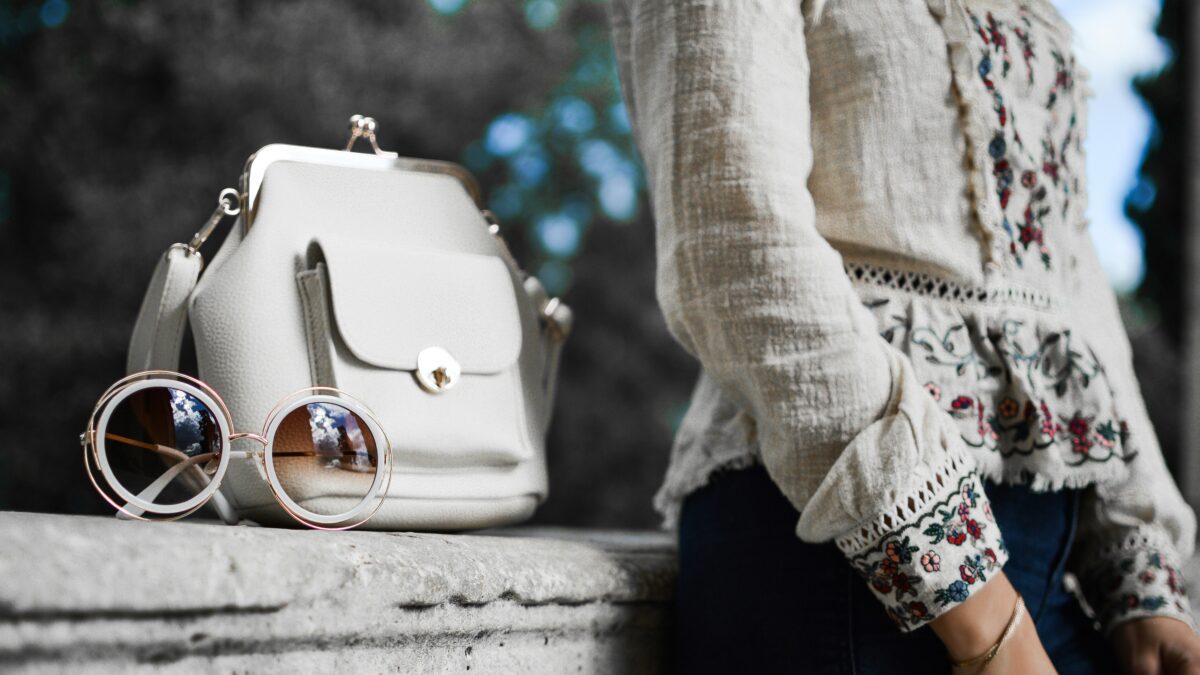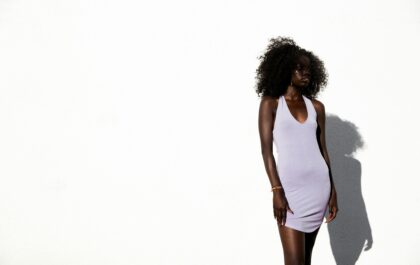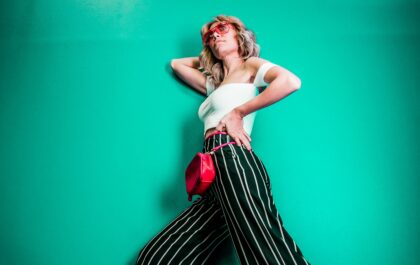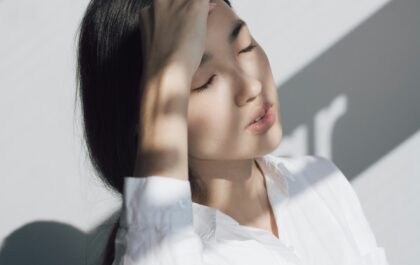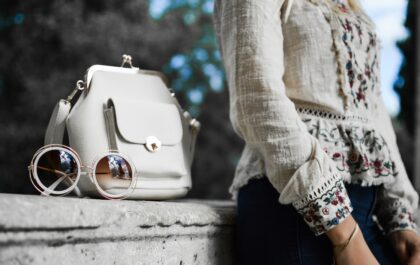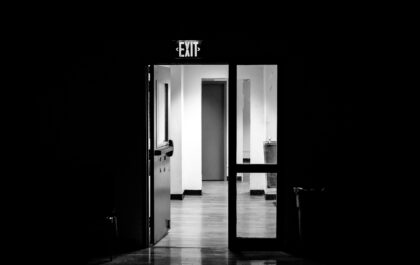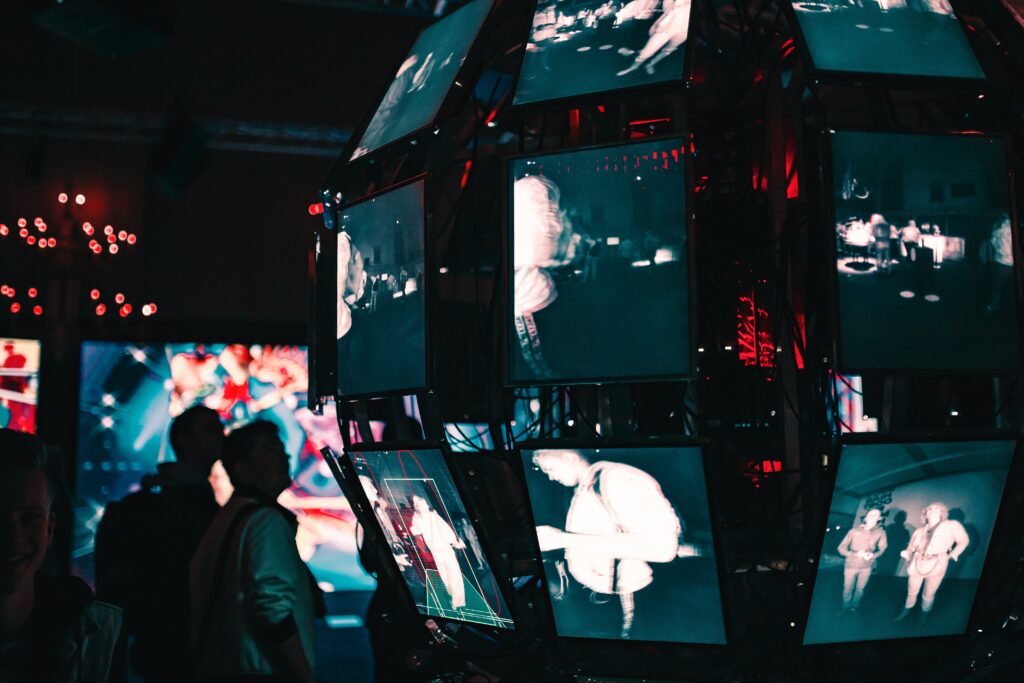Fashion is a dynamic and ever-evolving industry that not only reflects the cultural and social changes of its time but also shapes the way we express ourselves. From the flapper dresses of the 1920s to the streetwear dominance of the 21st century, fashion trends have continually transformed our wardrobes. This journey through the decades reveals how fashion has evolved, influenced by historical events, technological advancements, and shifting cultural values.
The Roaring Twenties: Flappers, Freedom, and the Jazz Age
Flapper Fashion: Flapper dresses, characterized by their loose fit, dropped waistlines, and knee-length hemlines, became the symbol of modern womanhood. These dresses were often adorned with fringe, sequins, and beading, reflecting the exuberance of the Jazz Age.
Influence of the Jazz Age: Jazz music and the lively nightlife scene influenced fashion, encouraging more relaxed and expressive styles. Women embraced shorter haircuts, like the iconic bob, and makeup became bolder, with dark lips and kohl-lined eyes.
Breaking Norms: The 1920s also saw a shift towards more practical clothing, with women embracing trousers, shorter skirts, and sportswear. This era laid the groundwork for the modern fashion industry’s emphasis on individuality and self-expression.
The 1930s and 1940s: Elegance and Resilience in Times of Turmoil
The 1930s and 1940s were marked by economic hardship and global conflict, which inevitably influenced fashion. Despite the challenging times, elegance and practicality remained at the forefront of style.
The 1930s: Hollywood Glamour: As the Great Depression took hold, Hollywood became a source of escapism, influencing fashion with its glamorous on-screen styles. Bias-cut gowns, tailored suits, and art deco-inspired designs became popular, offering a sense of luxury amidst economic austerity.
The 1940s: War and Utility: World War II brought about a more utilitarian approach to fashion. With fabric rationing in place, designers had to be creative, leading to the popularity of simpler, more practical clothing. The iconic “utility suit,” with its boxy silhouette and minimal embellishment, became a staple.
The New Look: In 1947, Christian Dior introduced the “New Look,” which revolutionized fashion with its emphasis on femininity. The silhouette featured a nipped-in waist, full skirt, and soft shoulders, offering a stark contrast to the austere styles of the wartime era. The New Look symbolized a return to luxury and indulgence in fashion.
The 1950s: Post-War Prosperity and the Rise of the Teenager
The 1950s were a time of prosperity and optimism, reflected in the fashion of the era. This decade saw the emergence of youth culture, with teenagers becoming a significant influence on fashion trends.
The Hourglass Silhouette: Women’s fashion in the 1950s emphasized the hourglass figure, with full skirts, cinched waists, and structured bodices. Designers like Christian Dior and Coco Chanel dominated the fashion scene, offering contrasting styles of femininity—Dior with his opulent, structured designs and Chanel with her elegant, understated suits.
Youth Culture: The rise of rock ‘n’ roll music and the increasing influence of film stars like James Dean and Marilyn Monroe shaped youth fashion. Teenagers embraced more casual styles, including leather jackets, jeans, and poodle skirts, setting the stage for the development of streetwear and casual fashion.’
Suburban Fashion: The 1950s also saw the growth of suburban living, influencing fashion with an emphasis on practicality and modesty. Women’s daywear consisted of shirtwaist dresses and tailored suits, while men favored the clean-cut look of suits and ties, even in casual settings.
The 1960s: Revolution, Rebellion, and the Youthquake
The 1960s were a decade of radical change, and fashion was at the forefront of this cultural revolution. The era was defined by its bold experimentation, diverse influences, and the rise of countercultural movements.
Mod Fashion: The Mod subculture, originating in London, became synonymous with the 1960s. Characterized by its clean lines, geometric prints, and bold colors, Mod fashion included miniskirts, shift dresses, and tailored suits. Designers like Mary Quant and André Courrèges played pivotal roles in popularizing these trends.
Hippie Influence: Towards the late 1960s, the countercultural movement brought about the rise of the Hippie aesthetic. This style rejected mainstream fashion, embracing a more eclectic, bohemian look. Tie-dye shirts, bell-bottoms, and fringe became staples, reflecting the era’s emphasis on peace, love, and freedom.
Youthquake: The term “Youthquake” was coined to describe the powerful influence of young people on fashion and culture. This shift saw designers catering to the tastes and attitudes of the younger generation, leading to more experimental and diverse fashion trends.
The 1970s: Disco, Bohemian Rhapsody, and Individualism
The 1970s were a decade of diversity in fashion, where self-expression and individuality took center stage. The era was marked by a mix of influences, from the glamorous disco scene to the laid-back bohemian vibe.
Disco Fever: The disco movement brought about a new level of glamour and decadence in fashion. Sequins, metallic fabrics, and body-hugging silhouettes dominated the dance floors. Jumpsuits, wrap dresses, and platform shoes became iconic, reflecting the era’s love for bold, statement-making fashion.
Bohemian Style: The bohemian look, influenced by the countercultural movements of the 1960s, continued to thrive in the 1970s. Flowy maxi dresses, peasant blouses, and ethnic-inspired prints were popular, embodying a free-spirited, nomadic lifestyle.
Punk Rock: Towards the end of the decade, the punk movement emerged as a rebellious response to the mainstream. Punk fashion, characterized by its DIY ethos, included ripped clothing, leather jackets, and safety pins, challenging traditional notions of beauty and style.
The 1980s: Excess, Power Dressing, and the Rise of the Designer Label
The 1980s were a decade of excess and extravagance, with fashion reflecting the era’s bold and confident attitude. This period also saw the rise of the fashion industry as a global force, with designer labels becoming household names.
Power Dressing: The 1980s were synonymous with power dressing, a style that conveyed authority and success, particularly for women in the workplace. Structured blazers with shoulder pads, pencil skirts, and tailored suits became the uniform of the corporate world, reflecting the era’s emphasis on ambition and achievement.
Designer Labels: The 1980s marked the beginning of the era of conspicuous consumption, with designer labels becoming highly coveted. Brands like Versace, Gucci, and Louis Vuitton became status symbols, and logos were prominently displayed as a mark of luxury and success.
Streetwear and Pop Culture: The influence of music, particularly hip-hop and pop, played a significant role in shaping fashion. Streetwear began to gain traction, with tracksuits, sneakers, and oversized t-shirts becoming part of the mainstream. Icons like Madonna and Michael Jackson set trends that were emulated by millions.

